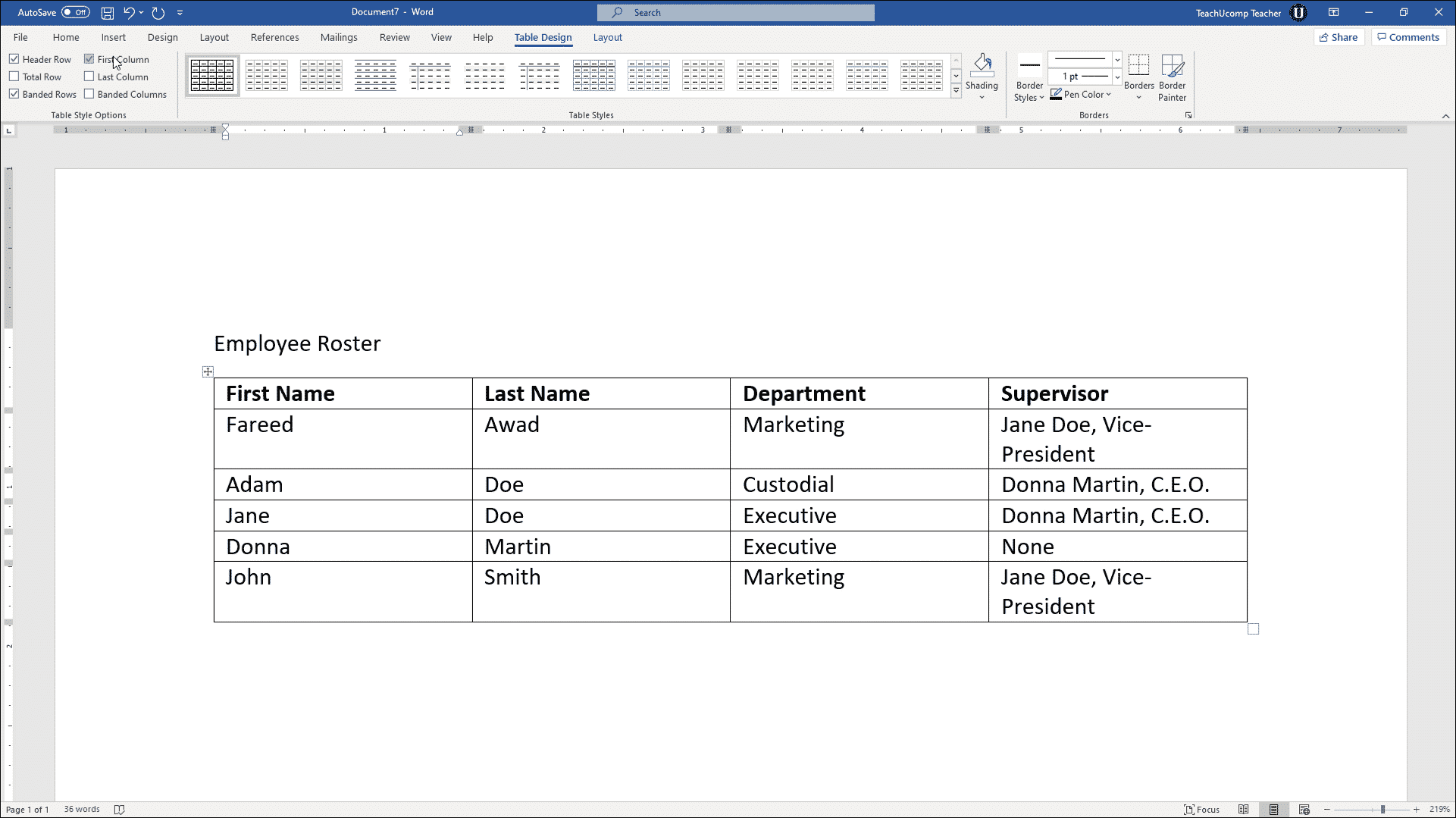
#Microsoft word table of contents periods software#
Though Microsoft Word is one of the most popular software available, it is limited to the demands and changes of a modern workforce and you may need to check out MS Word alternatives. Mind Map Template v3 via Template Lab 4 Major Drawbacks of Using Word to Create Mind Maps

Finally, insert straight lines to represent relationships between the Central Idea, Topics, and Subtopics: Under the Insert tab > select Shapes > Line > draw the line to connect two shapes 📓 Version 3: Text-Based Then, choose another shape for the Subtopics: Under the Insert tab > select Shapes > click any desired shape > draw the shape surrounding the Central Ideaĩ. Next, choose a different shape for the Topics: Under the Insert tab > select Shapes > click any desired shape > draw the shape surrounding the Central IdeaĨ. Start with the Central Idea shape: Under the Insert tab > select Shapes > click any desired shape > draw the shape in the centerħ. Add your document title at the top of the page, align to the center, change the font type (if desired) and increase the font sizeĦ. Optional: To change the page color, go to the Design tab > Page Color > pick a color to applyĥ. Under the Layout tab, select Margins > Narrow Under the Layout tab, select Orientation > LandscapeĤ. Select Blank Document > Create to open a new Word documentģ. If there’s text that introduces the table, it should be a complete sentence and end with a period, not a colon.ĭon’t use ellipses at the end of column headers.2. There’s a reason not to (for example, keywords that must be Use sentence-style capitalization for the text in cells unless Sentence-style capitalization for the table title and each column On the Layout tab under Table Tools, select Repeat Header Rows. Some authoring tools provide a way to do this automatically. Or, in a downloadable document, occasionally repeat the header row. On the web, use a fixed header row that stays in place during scrolling. Long tables, make sure the header row is always visible. Organize a table so that the column header forms a complete sentence (While screen readers use header information to identify rows and columns, specificity helps all users find the information they're looking for.) Instead, make column headers specific as in "Group" or "Employee". Headers identify the data each column contains. For example, make it larger, bolder, or a different color. Distinguish the text in the header row from the rest of the text The first row of your table contains column headers, you have a header To learn more, see Responsive content.īalance row height by increasing the width of text-heavy columns and reducing the width of columns with minimal text. Text in each cell brief-ideally one line. Marks any outstanding I/O operations for the specified file handleĭon’t leave a cell blank or use an em dash to indicate there’s no entry for that cell. For example, make all the items within a column a noun or a phrase that starts with a verb.Īdds user keys to the specified encrypted fileĬancels all pending input and output (I/O) operations that are issued by the calling thread for the specified file Put the command names in the left column.
:max_bytes(150000):strip_icc()/002-create-table-of-contents-microsoft-word-4172941-42abda430cb34121b2bf76aebd3d41af.jpg)
For example, in a table that describes commands, Information that identifies the contents of a row in the leftmostĬolumn of the table. If necessary, include a table title or brief introduction. Make sure the purpose of the table is clear. User interface actions and their associated keyboard shortcutsĬollections of things with two or more attributes Text formats and their associated HTML codes

Just to present a list of items that are similar. In a table, data is arranged into two or more rows (plus a header row) and two or more columns. Tables make complex information easier to understand by presenting it in a clear structure.


 0 kommentar(er)
0 kommentar(er)
